Queer Sex Ed. 101:
An Intro to Queerness
Mar7aba and welcome to the first issue of Queer Sex Ed. 101, where you get to hear a queer Levantine teacher-in-training’s opinion on different questions, where that opinion will be based on personal experience AND fun facts pulled from actual peer-reviewed articles (feel free to hit me up if you want any of those sources to read yourself) and from my university classes because we stan a factually informed opinion.
Following a conversation with a friend of mine regarding queer pride in school, I decided to post to my IG story expressing what I had said to her, and the responses I got were amazing. So many people messaged me saying they’d learned something new. So I thought: why not make this an actual thing? Why not give people the opportunity to ask questions without fear of judgment, and then answer them to the best of my knowledge and abilities? This is especially needed within the Arab/Levantine community, where queer and sex-related issues are already so taboo. Now, with Pride Month starting, you’re going to see a lot of terms floating around that you might not understand because they’re simply not talked about or acknowledged in your community. I’m hoping that this series will help create informed allies, so we can all support each other on the path to queer acceptance, especially since queer issues are so inextricably tied together with politics and issues of race, disability, and class (more on this in the future).
So yalla, let’s jump right into it! Today, we’re kicking things off with a few important definitions.
What the heck does LGBTQ+ mean, and why are there so many letters? LGBTQ+ is a general term that stands for Lesbian, Gay, Bisexual, Transgender, and Queer, where the + sign stands for related identities such as intersex, pansexual, asexual, or Two-Spirit. The LGBTQ+ community is made up of people of every race, culture, ethnicity, religion, and social class. Some people who identify as LGBTQ+ will simply call themselves queer; I’m one of those people! It’s easier for me than to have to specify what both my sexual orientation and gender identity (will explain further down) are every time I’m talking about my queerness, especially since I still haven’t decided on a clear label for either and don’t know that I ever will.
Ok, masheh al 7al, but what would we call someone who isn’t queer? You’re thinking of the term cishet! It refers to someone who is both cisgender and heterosexual (a.k.a. straight). But then what’s cisgender? That means someone whose gender identity matches his or her assigned sex at birth and who fits into the gender binary (binary meaning two and referring to boys/men and girls/women). A cis girl or woman is someone who was assigned female at birth, while a cis boy or man is someone who was assigned male at birth. Some people in Arab communities go their entire lives living as cishet while suppressing their true sexual and gender identities, all because they lack the knowledge, safety, and support needed to really explore that part of themselves. This leads to a ton of trauma-based mental health issues, all of which are also very taboo in most Arab communities.
Moving on from that very-much-not-fun fact. So the opposite of cisgender is transgender? Yes! A transgender person is someone whose gender identity does not correspond to their assigned sex at birth. Trans is an umbrella term that includes both binary and non-binary trans people. In terms of binary trans identities, there are trans girls and women, who were assigned male at birth, and trans boys and men, who were assigned female at birth. Non-binary trans identities include any gender identity that doesn’t fit into the gender binary of boys/men or girls/women. There are so many gender identities that fall under the non-binary label, including (but not limited to) the labels genderqueer, gender fluid, and agender. A person’s gender identity might stay consistent, or it might change regularly. I, for example, identify as non-binary because, some days, I look in the mirror and don’t feel like a woman (even though my assigned sex at birth was female), and other days I do. That’s why I choose to use both they/them and she/her pronouns, depending on what my gender identity is that day.
Also important to bring up: intersex, which is a term that refers to someone whose reproductive or sexual anatomy doesn’t fall under the typical definitions of what male or female anatomy looks like, which includes their genitalia, chromosomes, gonads, internal sex organs, hormone production and response, and/or secondary sex traits, such as how they grow breasts or body hair. Even though “intersex” only refers to biological sex, intersex people can identify as any gender identity, which is why they tend to fall under the trans umbrella. Here’s an actual fun fact for you: trans identities have existed for millennia. So many cultures within SWANA included third gender categories, and people who fell into those categories were often revered for their wisdom and spiritual knowledge.
For a visual aid of all this info, I love this lil’ genderbread person:

Here’s where it might get extra confusing (if it hasn’t already): biological sex, sexual orientation, gender identity, and gender expression can function completely separately from one another. What I mean is that any combination of those four categories is possible, which also means that no one can accurately guess or assume what a person’s sexual orientation or gender identity is based on their biological sex or gender expression. Gender expression especially tends to be a big influencer of how others perceive your gender. Just like gender identity, gender expression can stay consistent or change regularly—as in someone can decide to dress more femininely one day, then more masculinely the next. I was trying to explain all of this to my mom when I was last visiting her, and she was confused as to how a trans person can also be straight, which of course can be hard to understand when you’re hearing these terms for the first time. To answer her question though, Carla Massoud, for example, is an Egyptian trans woman (meaning she was assigned male at birth) who is married to a man, making her sexual orientation heterosexual. Most days, she loves wearing pretty dresses, which means her gender expression tends to be more feminine. Ok damn, that was a lot to take in. Take a second to shake your head out a bit. If you come across any terms that need more clarification, there are tons of amazing resources online that can help you out and that are available with just a quick Google search. But also, this is why I’m here, so if you have any follow-up questions, I’ll be happy to answer them in future installments of Queer Sex Ed. 101! In the meantime, a fun way to start getting to know the Arab queer community is to look for Arab drag queens and kings of all genders to follow on IG! Many of them have been brave enough to come out in their Arab homelands, making them trailblazers in their communities! One of my favorites is @kawkabzuhal, mostly because very few people on IG make me laugh as much (also though, legs for dayyys). Happy Pride Month, cuties!




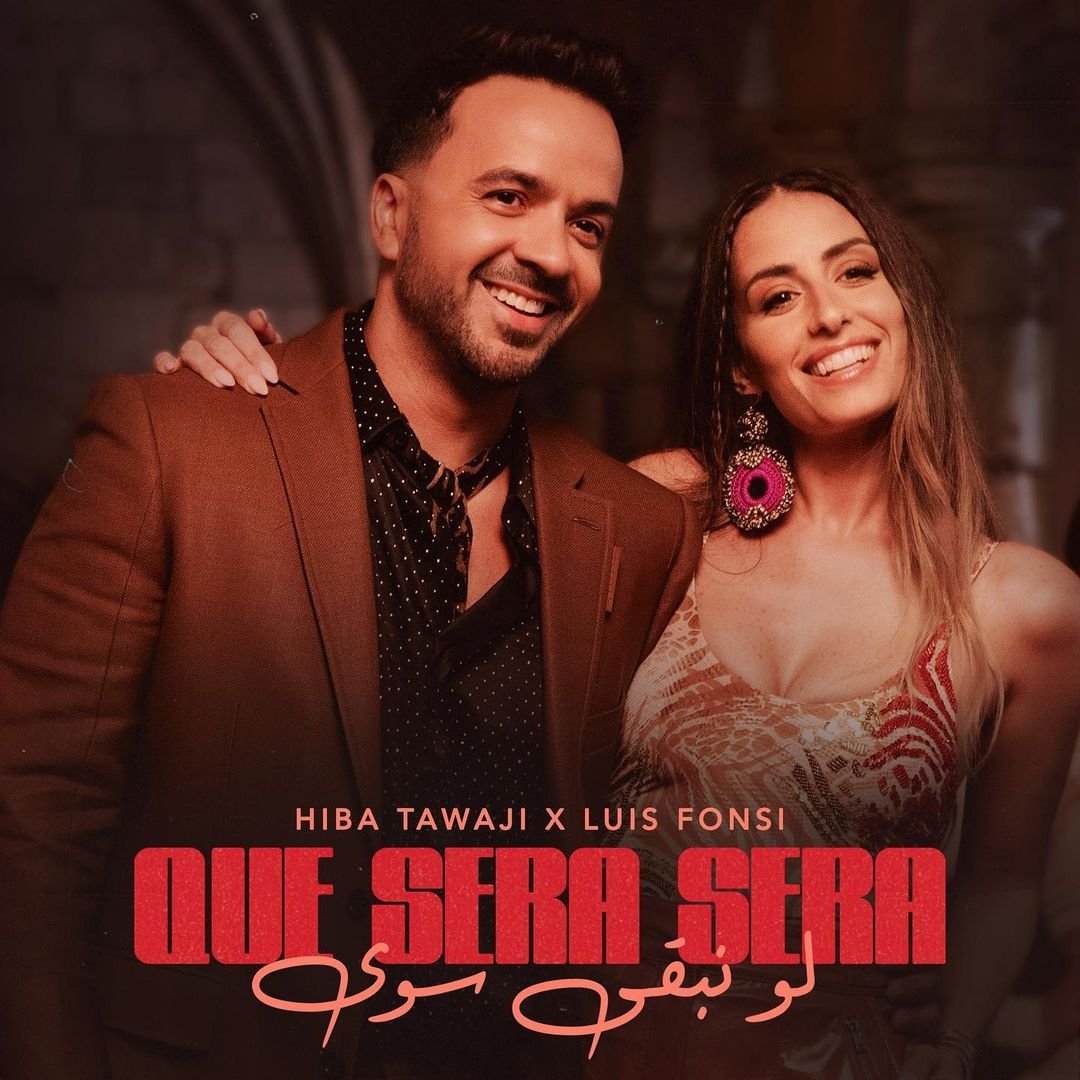
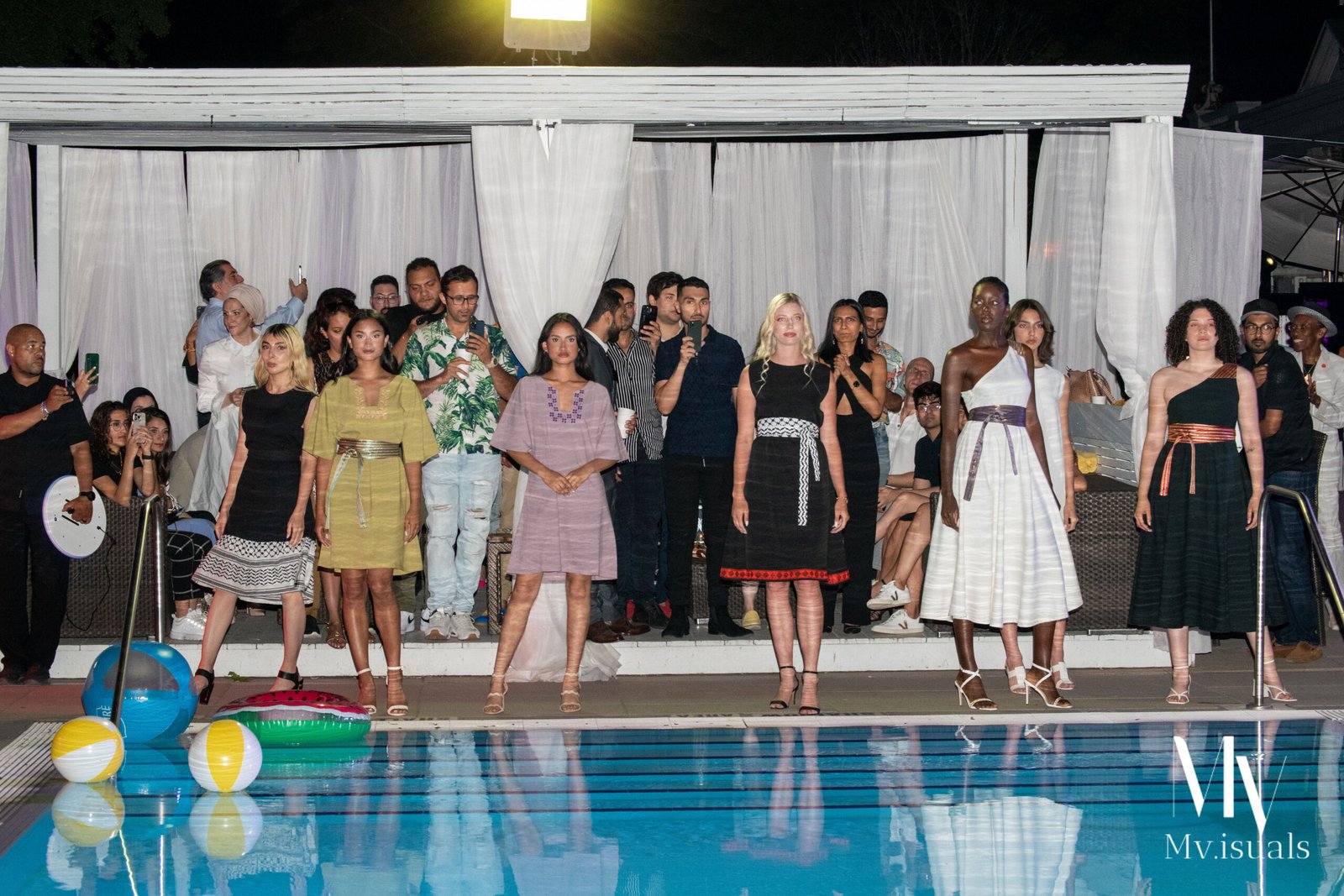
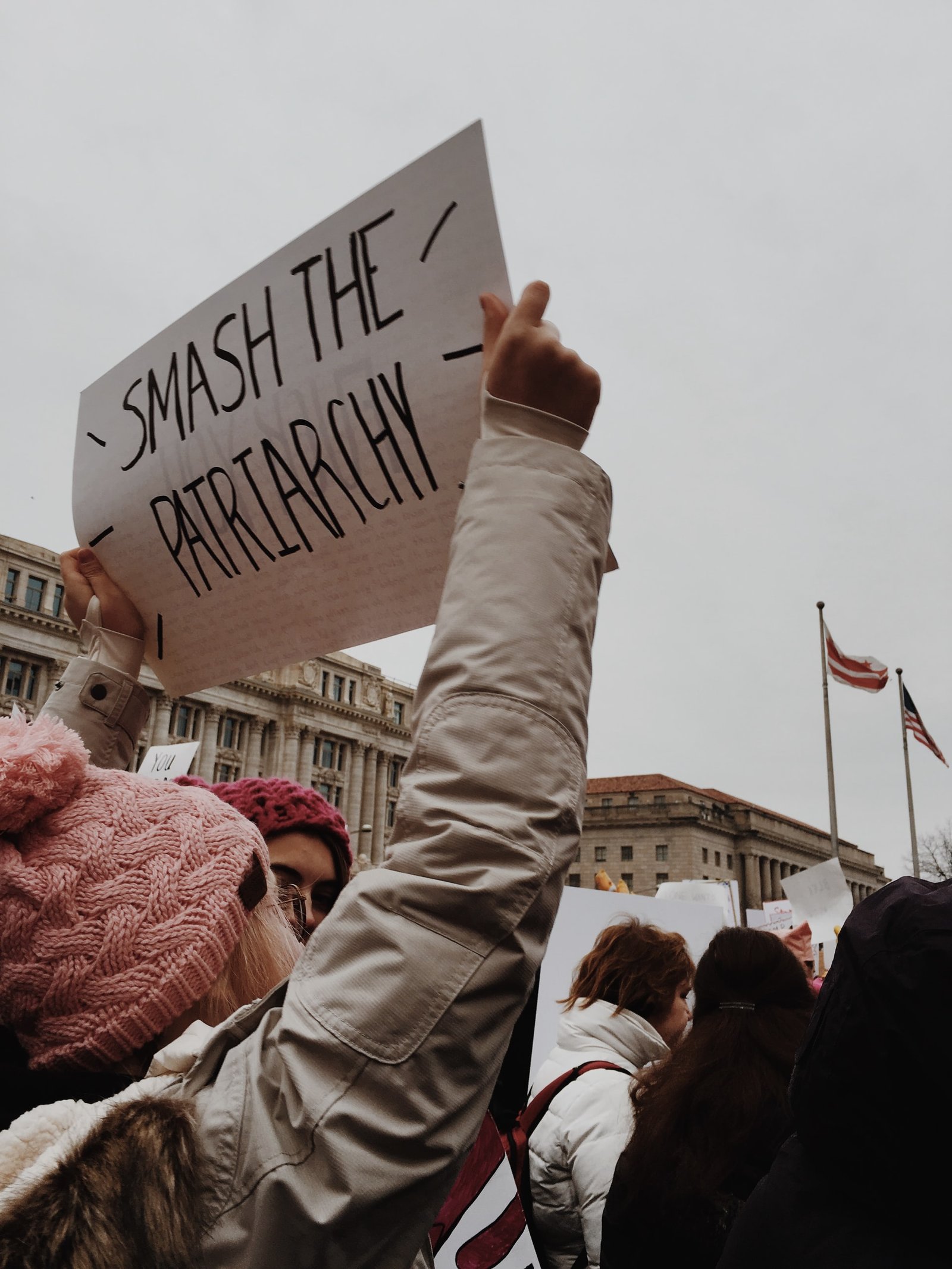
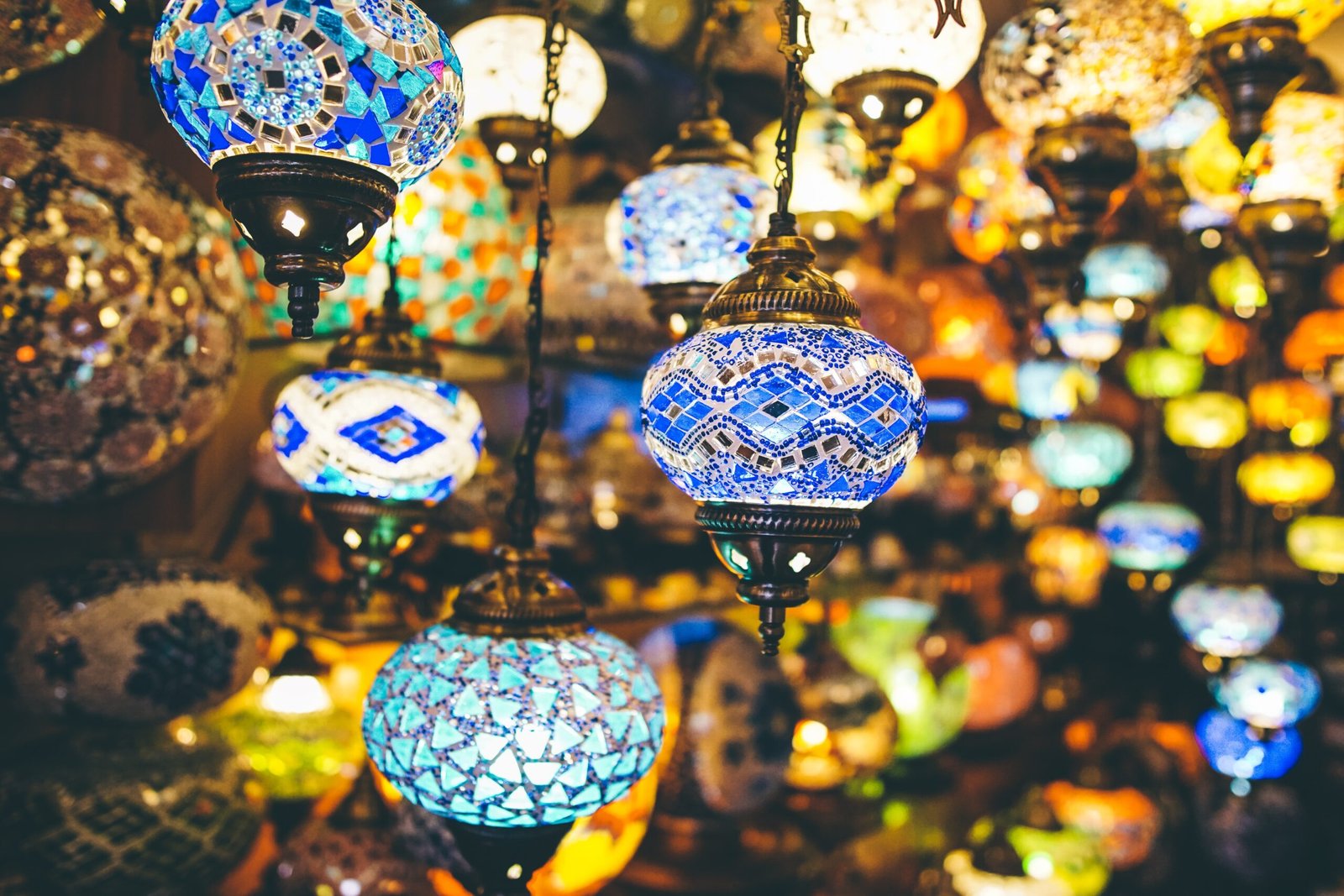
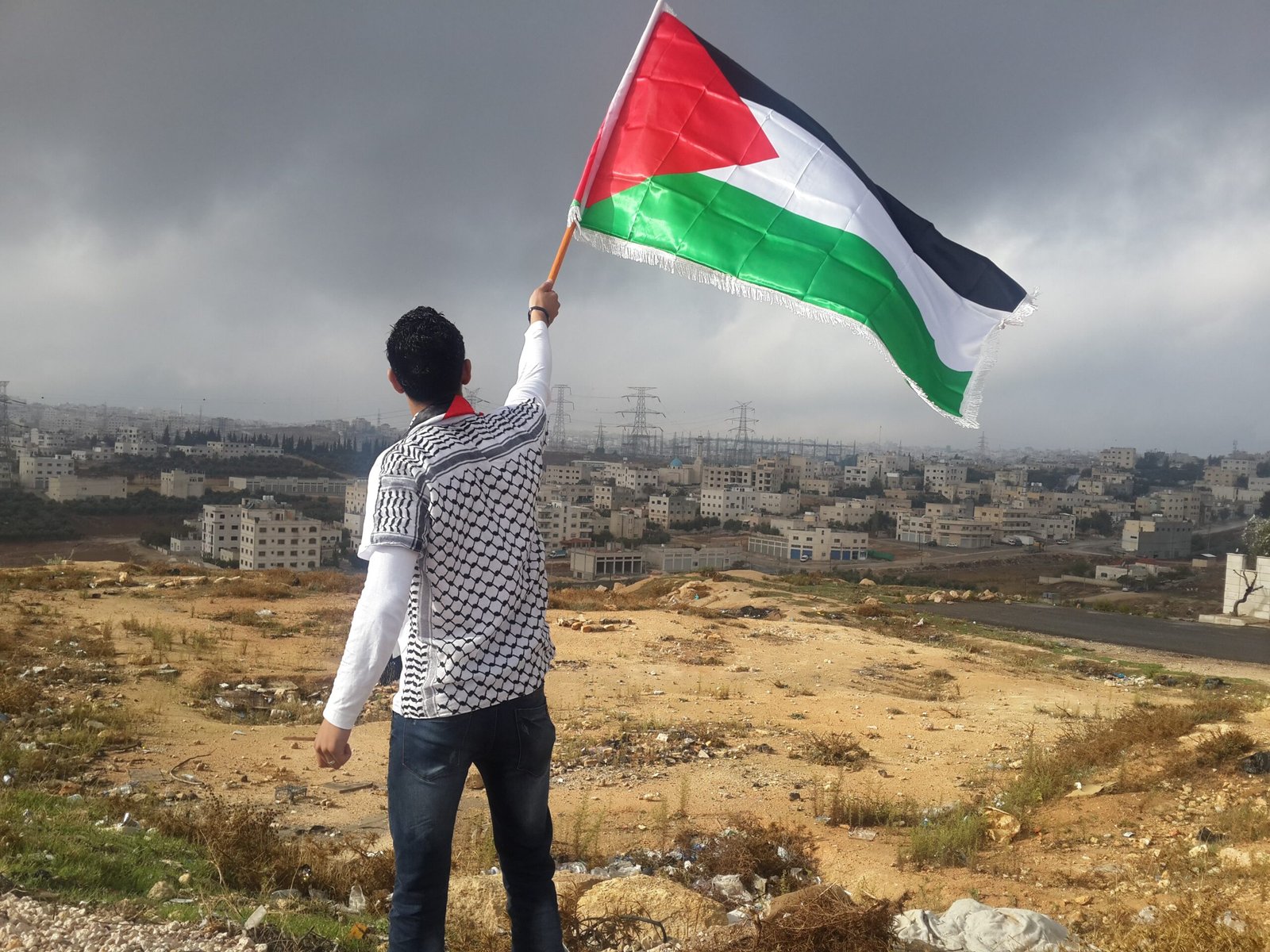
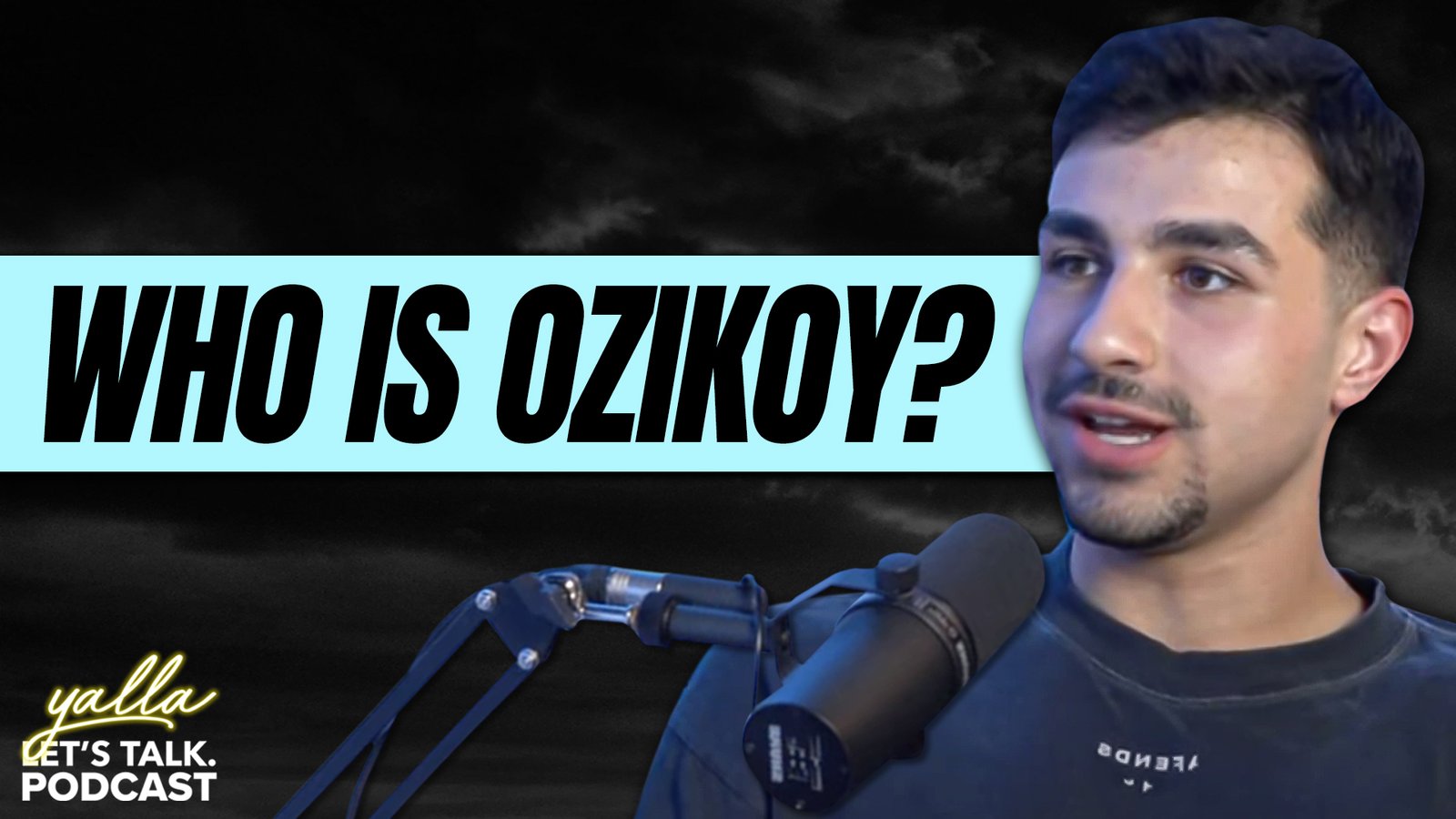
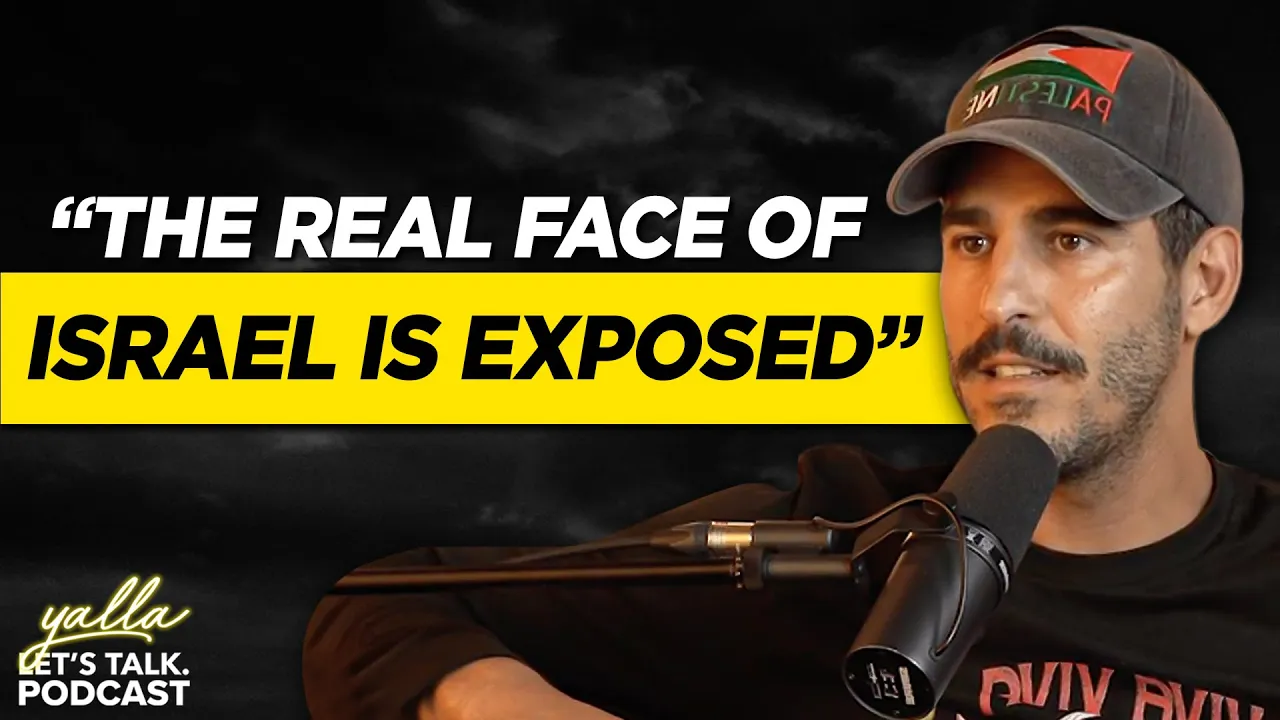
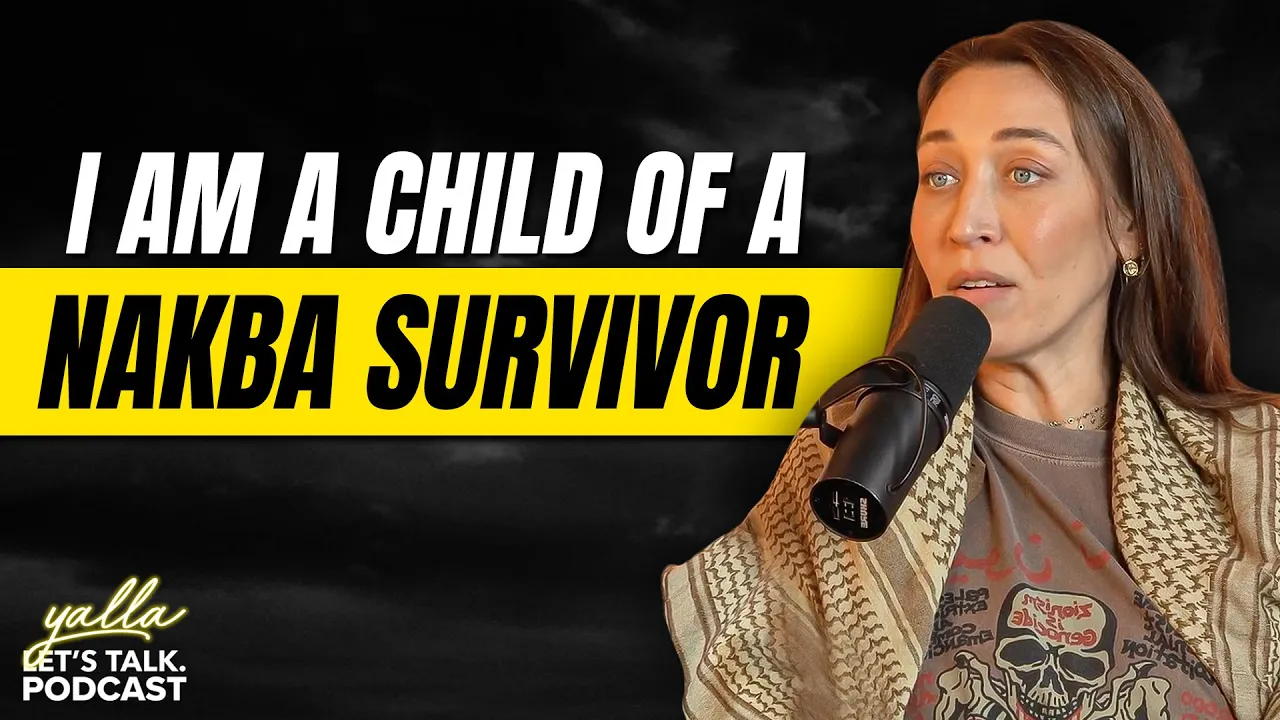
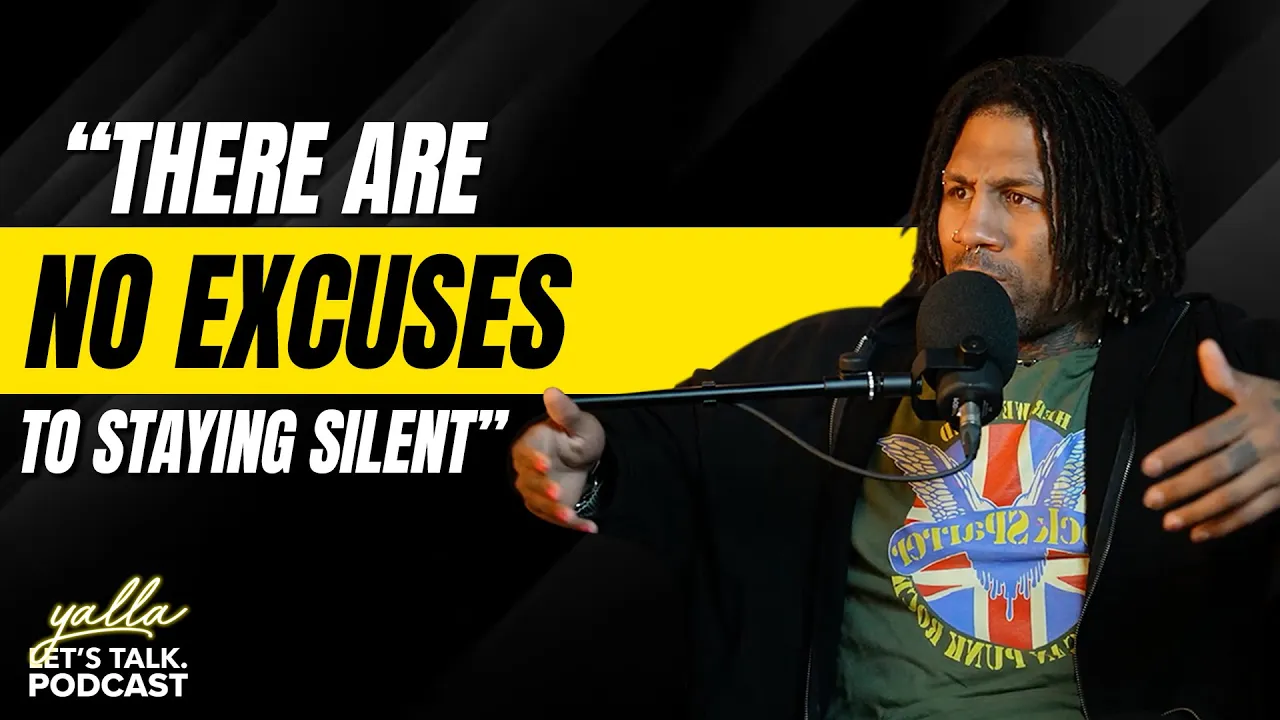
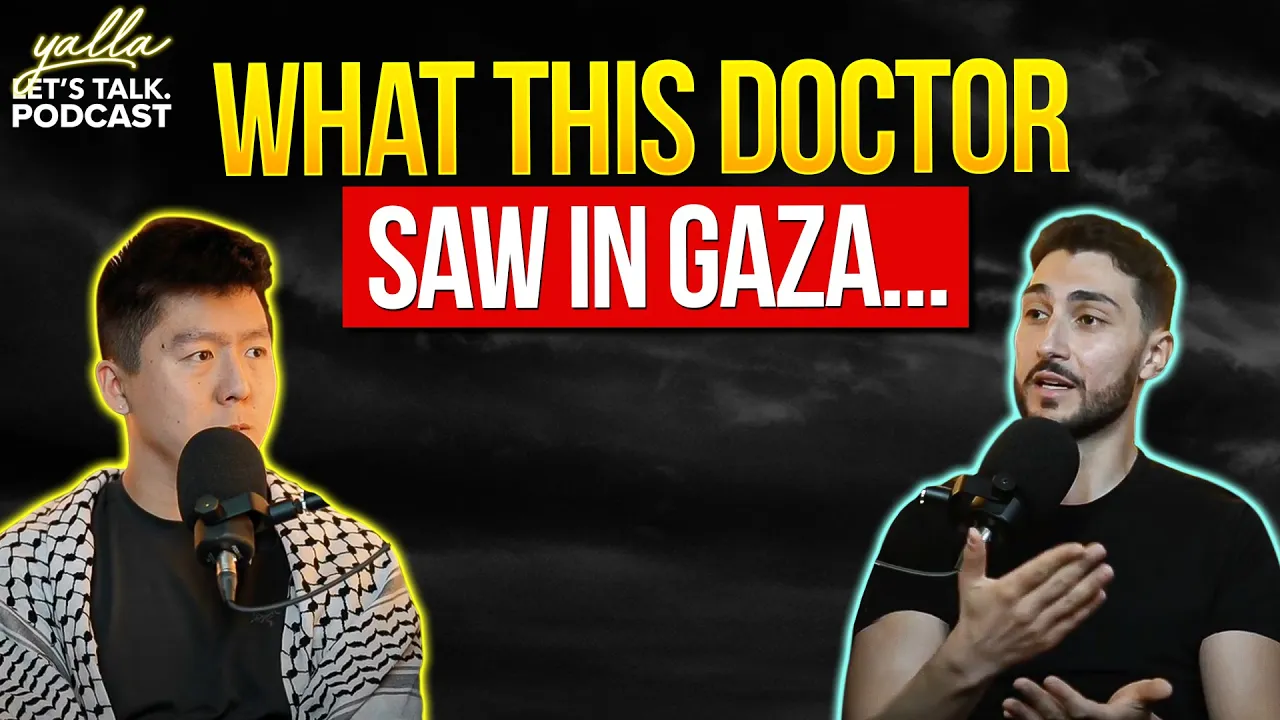
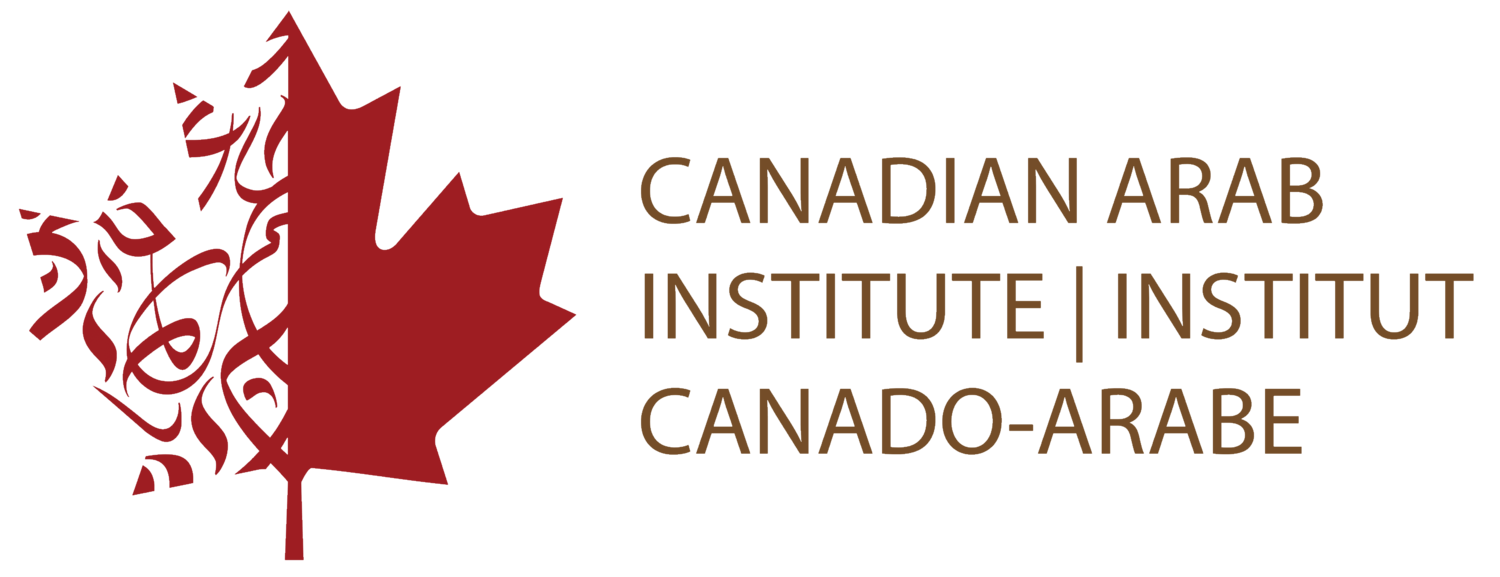
One Response
Thanks so much for the blog post.Really looking forward to read more. Want more.